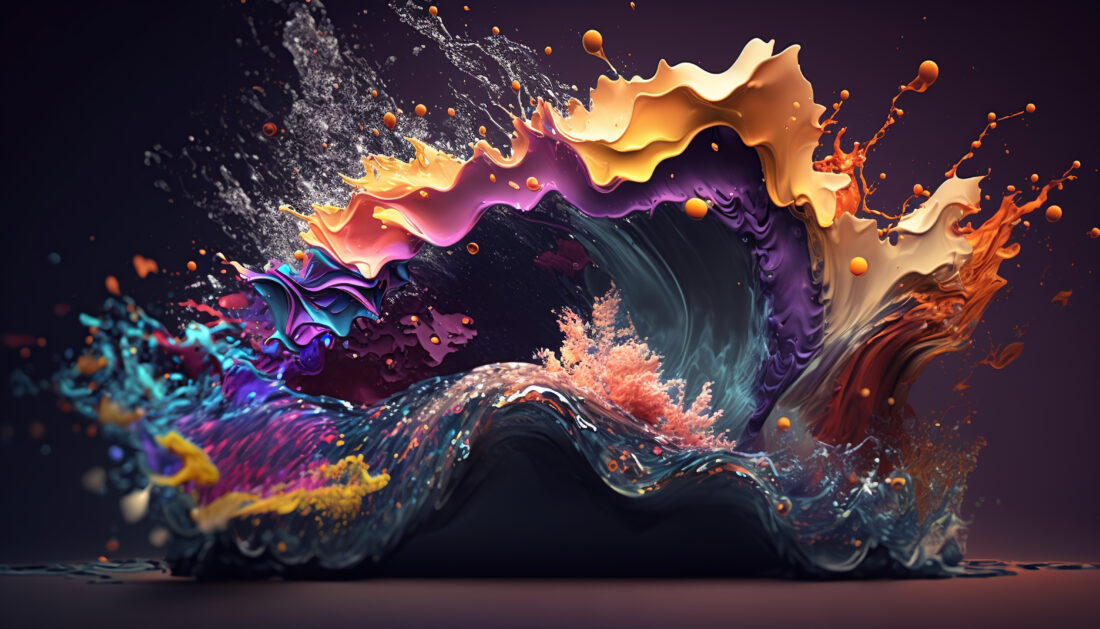Current Scenario of Designing & its Future
Design has always played a crucial role in shaping our world. From the earliest cave paintings to the latest digital interfaces, design has evolved to meet the changing needs and preferences of society. In today’s fast-paced world, design is more important than ever, as businesses and organizations seek to create products and experiences that stand out in a crowded marketplace. But what is the current state of design, and how will it change in the upcoming future? Let’s take a closer look.
Current Scenario of Design
Design is more important than ever, as businesses and organizations seek to create products and experiences that stand out in a crowded marketplace. Here are some trends that are currently shaping the design industry:
- Minimalism: Minimalism is a popular trend in design, as people seek simplicity and clarity in a cluttered world. Minimalist design is characterized by clean lines, simple color palettes, and a focus on functionality.
- Personalization: As technology has advanced, personalization has become a key trend in design. From personalized marketing messages to customized products and services, people want experiences that are tailored to their individual needs and preferences.
- Sustainability: Sustainability is becoming an increasingly important consideration in design, as people seek products and experiences that are environmentally friendly and socially responsible.
- Digital-first: With the rise of digital technology, many designers are now designing with a digital-first mindset, creating experiences that are optimized for digital channels like websites, social media, and mobile devices.
- Inclusivity: Inclusivity is a growing trend in design, as designers seek to create products and experiences that are accessible to people of all backgrounds and abilities.
Future of Design
The future of design is exciting and full of possibilities. Here are some trends that are likely to shape the design industry in the upcoming future:
- AI and automation: As artificial intelligence and automation continue to advance, they will have a major impact on the design industry. From automating repetitive tasks to creating personalized experiences, AI and automation will help designers work more efficiently and effectively.
- Virtual and augmented reality: Virtual and augmented reality technologies will become increasingly important in design, allowing designers to create immersive experiences that blur the line between the physical and digital worlds.
- Emotional design: Emotional design, which focuses on creating experiences that evoke emotions like joy, delight, and surprise, will become more important as people seek experiences that are not just functional but also emotionally satisfying.
- 3D printing: 3D printing will continue to evolve and become more accessible, allowing designers to create products and prototypes more quickly and efficiently.
- Biophilic design: Biophilic design, which seeks to incorporate natural elements like plants and water into the built environment, will become more important as people seek to connect with nature in an increasingly urbanized world.
In conclusion, design is constantly evolving to meet the changing needs and preferences of society. The current trends in design, such as minimalism, personalization, and sustainability, are likely to continue in the upcoming future. However, new technologies like AI and automation, virtual and augmented reality, and 3D printing will also have a major impact on the design industry. As designers continue to push the boundaries of what is possible, the future of design looks bright and full of possibilities.

